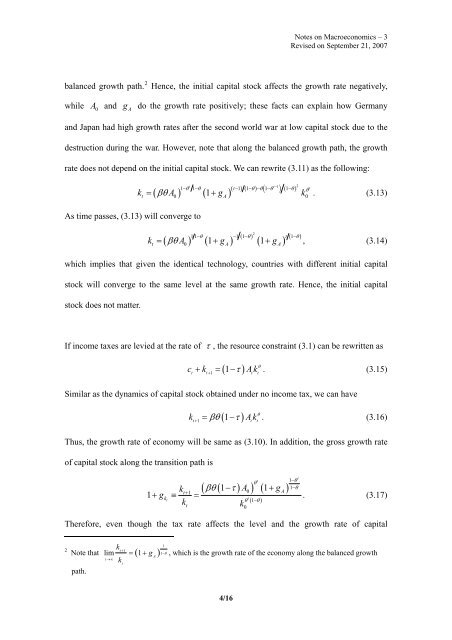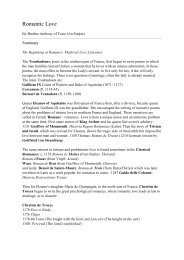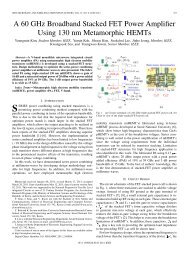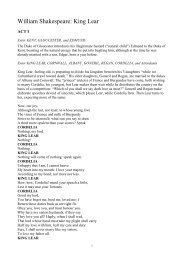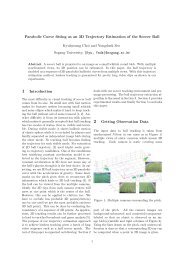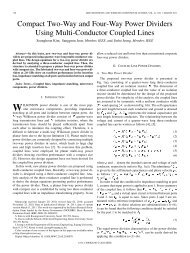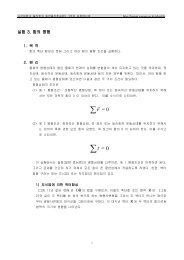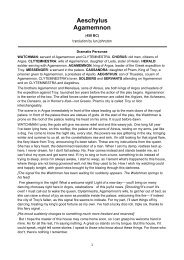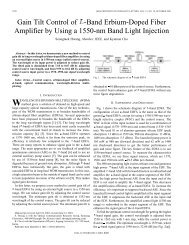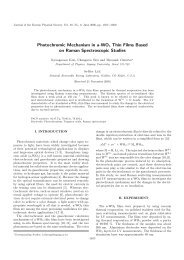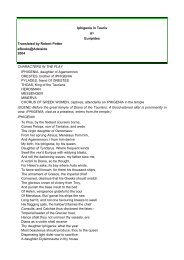Endogenous Growth Model
Endogenous Growth Model
Endogenous Growth Model
You also want an ePaper? Increase the reach of your titles
YUMPU automatically turns print PDFs into web optimized ePapers that Google loves.
Notes on Macroeconomics – 3Revised on September 21, 2007balanced growth path. 2 Hence, the initial capital stock affects the growth rate negatively,while A and g do the growth rate positively; these facts can explain how Germany0Aand Japan had high growth rates after the second world war at low capital stock due to thedestruction during the war. However, note that along the balanced growth path, the growthrate does not depend on the initial capital stock. We can rewrite (3.11) as the following:t( ) 1 t1 ( ) ( 1) ( 1 ) ( 1 t−−θ −θ t− −θ −θ −θ 1)( 1 −θβθ)2k = A + gk θ . (3.13)01As time passes, (3.13) will converge toθ( βθ ) ( )A( θ)t( ) ( )211− −1 1− 1−θkt= A0 1+ gA1+ g A, (3.14)which implies that given the identical technology, countries with different initial capitalstock will converge to the same level at the same growth rate. Hence, the initial capitalstock does not matter.0tIf income taxes are levied at the rate of τ , the resource constraint (3.1) can be rewritten as( τ )c + k = − Ak θ. (3.15)1t t+1 t tSimilar as the dynamics of capital stock obtained under no income tax, we can have( τ )k βθ 1t 1 t t= − Ak θ. (3.16)+Thus, the growth rate of economy will be same as (3.10). In addition, the gross growth rateof capital stock along the transition path is1ttθ1−θ( ( ) ) ( ) 1k βθ 1− τ A101+g −θt+A+ gk≡ =t. (3.17)tθ ( 1−θk)tk0Therefore, even though the tax rate affects the level and the growth rate of capital2 Note thatpath.k1t + 1lim = ( 1 + g ) 1−θ, which is the growth rate of the economy along the balanced growthAt →∞kt4/16


